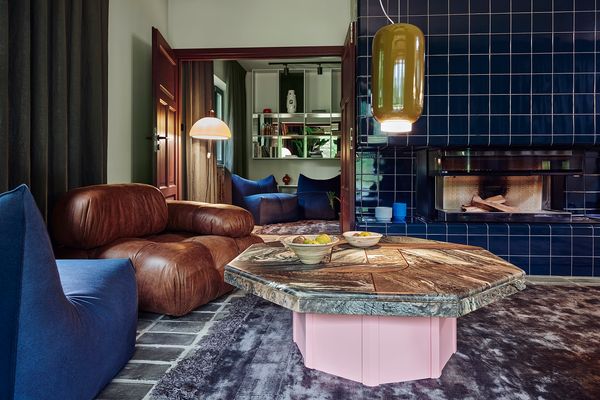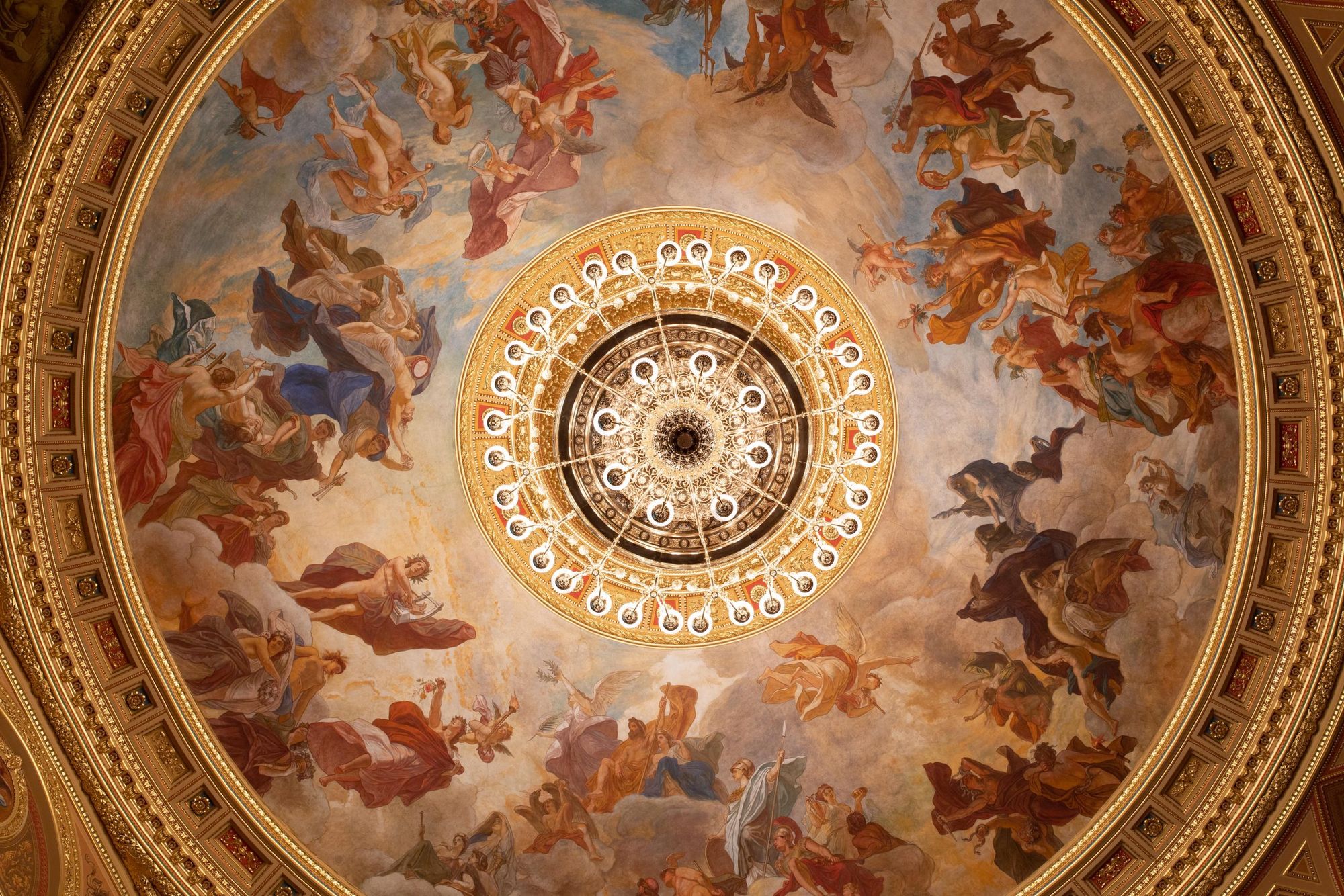Every corner of Budapest boasts an exciting detail that makes it worth setting off. This is also true if you’d like to know more about the capital’s key music venues and architecture. The most important institutions are fundamental elements of the cityscape and they make Hungarian musical creations, training and figures known and recognised worldwide. If you visit the buildings of the Hungarian State Opera, Liszt Academy, Pesti Vigadó or Budapest Operetta Theatre in the city centre, which are rich in ground-breaking architectural solutions, or the recently finished spaces of the Eiffel Art Studios, you will see the past and present of Hungarian classical music come to life. Of course, the classical music concerts, shows and plays also offer countless opportunities for the layperson or savvy audience to enjoy themselves, be it day or night, quality entertainment is guaranteed.
Budapest Operetta Theatre
Often referred to as Budapest’s Broadway, the Nagymező Street is home to the Operetta Theatre, which originally opened as the Somossy Music Hall in 1849 and later continued its history as the Metropolitan Music Hall. Designed by the famous Viennese architects Fellner and Helmer, at the time the building featured performances by artistes, Arab and Indian singers and bands, and even aquatic performances. At that time, the auditorium, as we know it today, had tables and chairs and also a dance floor, as it was a popular meeting place for social gatherings, with balls and music and dance evenings often held here.
Operettas and Prose
The building was converted into a theatre in 1922, and the name of the Budapest Operetta Theatre was given to it in 1923. In the decades that followed, there were periods when only operettas were staged, and then others when prose plays were performed. It was rebuilt between the mid-1960s and 1971, when the theatre’s real success story began. Many musical pieces, musicals were staged here, including world-famous and popular works such as My Fair Lady, Fiddler on the Roof, The Sound of Music and West Side Story. The success of the performances was greatly enhanced by the participation of the ballet company.
The Budapest Operetta Theatre today
The theatre on Nagymező Street was given the name Budapest Operetta Theatre in 1998, and since then it has become an iconic name in the cultural life of the capital city. Well-known actors from all over the country perform in many successful plays every day, many of which can only be booked months in advance. Among the almost five hundred performances a year, audiences can see plays such as Romeo and Juliet, Beauty and the Beast and Elizabeth. Moreover, the performances are becoming increasingly successful not only in Hungary, but also abroad, as the company regularly goes on tours to Europe, Asia and America, where they present their most popular plays at festivals and theatres.
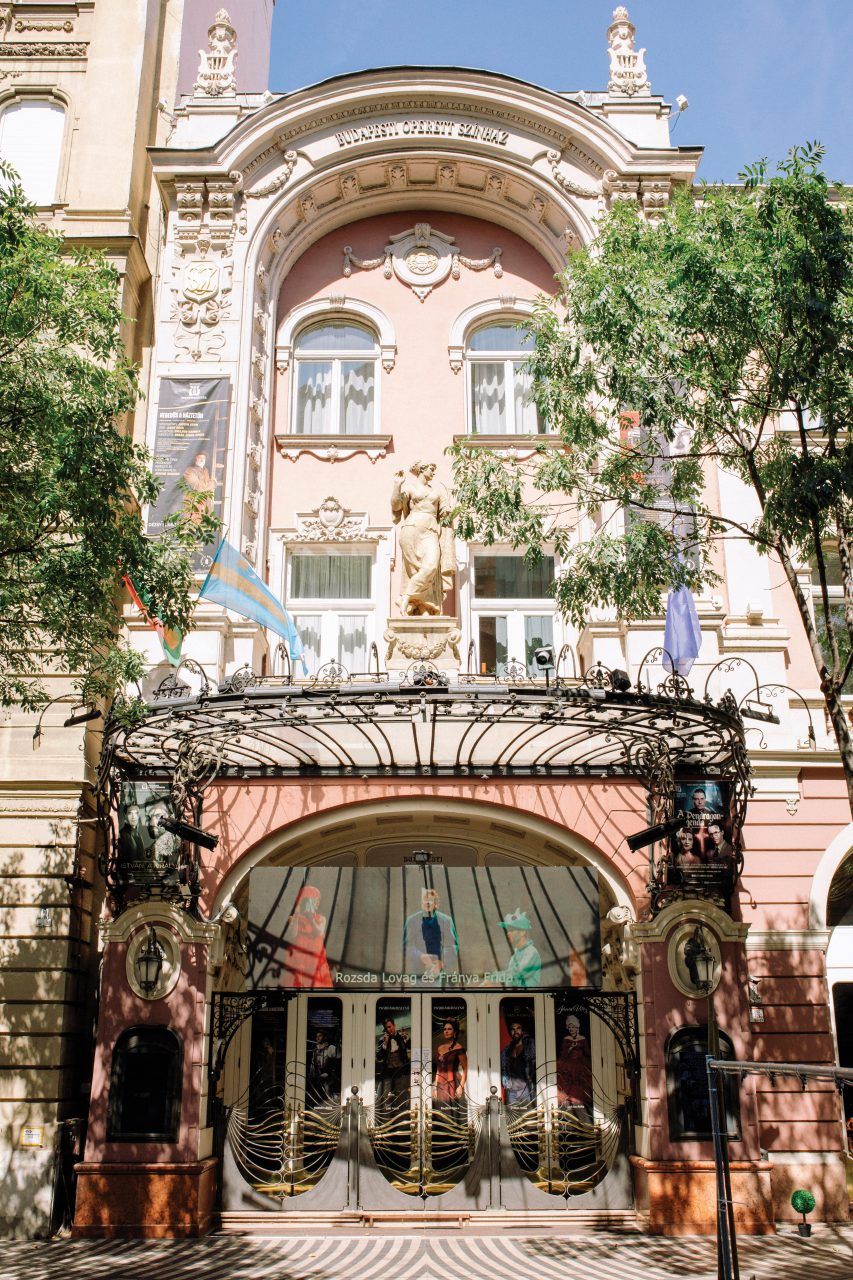
Eiffel Art Studios
The predecessor of the Eiffel Art Studios, located in the tenth district of the capital city, is the Northern Vehicle Repair Shop, a unique hall system built between 1884 and 1886 on the basis of the plans of János Feketeházy, which was the most important vehicle repair shop of the Hungarian State Railways and the country. The designer’s name is also linked with several other well-known architectural masterpieces in Budapest, such as the Keleti Railway Station, the Liberty Bridge and the roof structure of the Opera House.
Logistics and Arts Centre
Following several years of renovation, the building has been home to the new logistics and arts centre of the Hungarian State Opera House since 2020. The first third of the long building of the Great Hall is dedicated to the public, as it is here that public spaces with community areas, auditoriums and galleries have been created, where exhibitions present the history of theatrical art, theatre life and, of course, the Opera House.
The area is closed to the public and houses workshops and stages where both the productions of the Opera House and those of the Erkel Theatre are rehearsed, as well as a costumes store, where a collection of hundreds of thousands of costumes is stored. Pieces of the impressive collection are often loaned to theatres abroad, thus enhancing the reputation of Hungarian theatre culture.
The official inauguration of the Eiffel Art Studios took place in 2021, after the pandemic had subsided and the lock-downs had been lifted, with the institute’s unhidden aim of bringing the audience and the world of opera closer together and making opera culture known and loved by as many of those interested as possible.
Locomotive and Opera
In the Eiffel Hall spaces, a Hungarian MÁV 327 locomotive – the only “surviving” piece that still exists of this model – reminds visitors that trains, locomotives and other railway vehicles were once repaired and renovated in the building of the institution that has supported opera culture for more than 200 years.
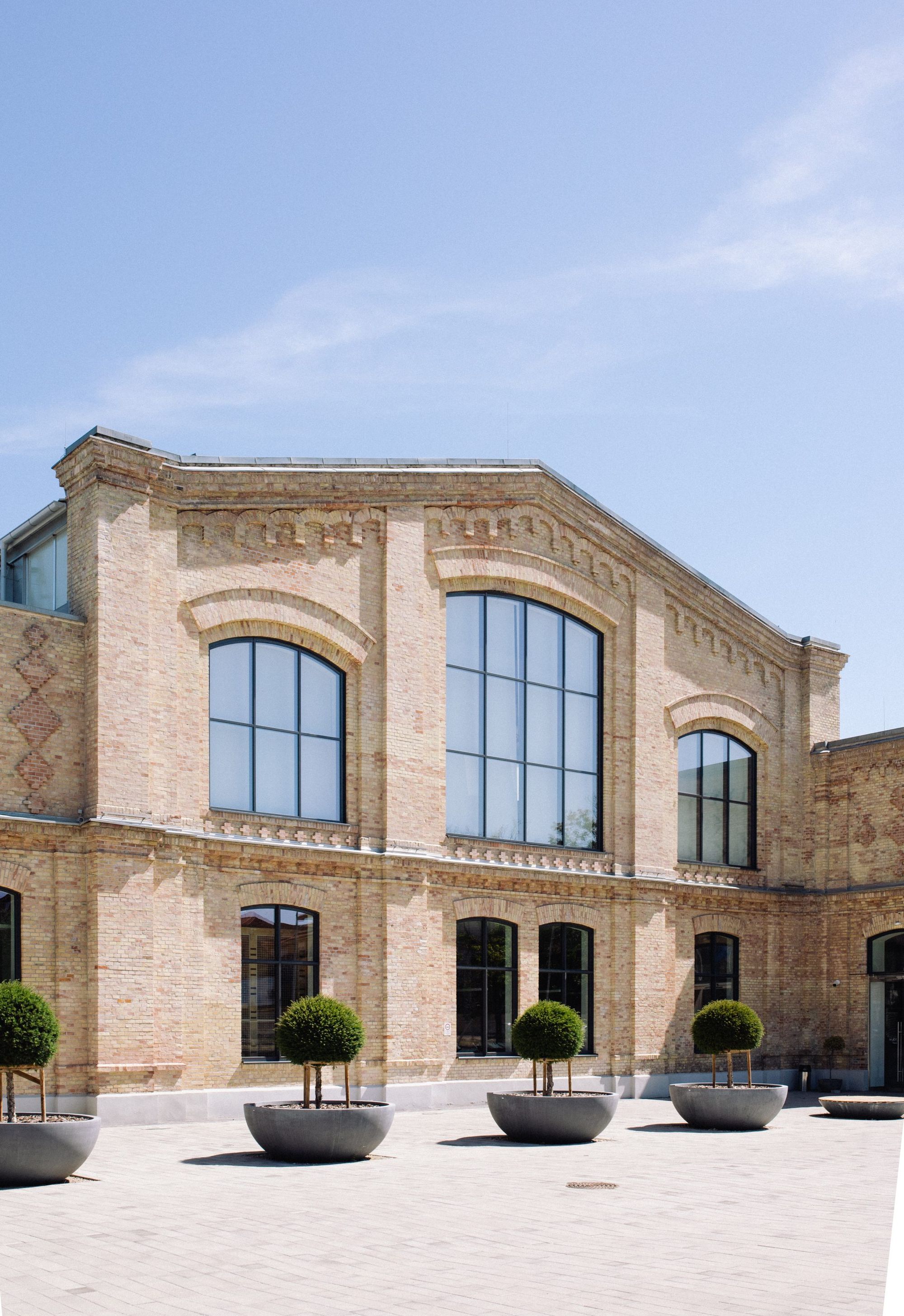
Hungarian State Opera House
The Hungarian State Opera House, located in the imposing surroundings of Andrássy Avenue, was built in Neo-Renaissance style according to the plans of Miklós Ybl, and is still one of the most important monuments of Budapest and Hungary from the 19th century. Its significance also lies in the fact that until 1867 the National Theatre was the home of operas, but from September 1884 the Royal Hungarian Opera House became the individual stage for representatives of the musical and dramatic genre.
Grand Opening and Re-Opening
Attended by King of Hungary Franz Joseph I, the opening night of the Royal Hungarian Opera House featured Act One of Bánk bán, one of the best known Hungarian operas and the overture of Hunyadi László. The orchestra was conducted by legendary Hungarian composer Ferenc Erkel. The institution was renamed the Hungarian State Opera House when it reopened in 1945 after the Second World War, and since 1951 it has included the Erkel Theatre to serve the increased number of audiences.
The building, with its stunning details, is home not only to the opera company but also to the Hungarian National Ballet. With a wide range of performances for lovers of the arts to choose from at any time of the year, it is no coincidence that it is always a favourite with both local visitors and international audiences coming to Budapest. One of its most famous and popular performances is Tchaikovsky’s world-famous fairytale ballet The Nutcracker, which is performed throughout December each year.
The Secrets of the Opera House
The modernisation and renovation works of the Opera House were completed in spring 2022, so performances returned to the building and architecture, and culture enthusiasts are now also able to take a guided tour of the building. During the tour, you can learn exciting details about the renovation of the building, richly decorated with gold, marble and frescoes, the history of the institution and, of course, the background to the history of Hungarian opera. In 2021, the Opera’s newest stand-alone complex, the Eiffel Art Studios, a logistics and arts centre, was inaugurated, with the main aim of simplifying and solving problems related to infrastructure and rehearsal schedules, while supporting the strengthening of Hungarian culture.
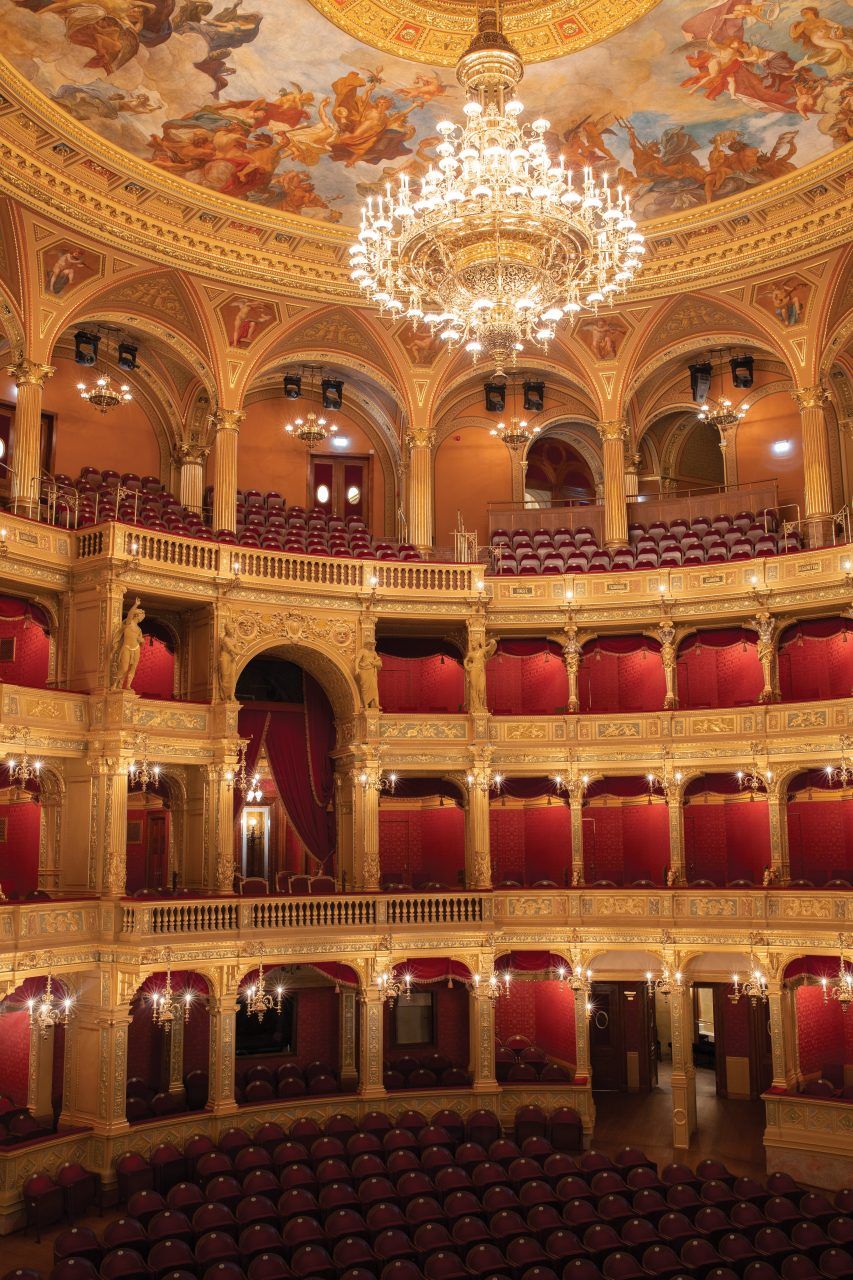
Pesti Vigadó (Vigadó Concert Hall)
Strolling along the Danube embankment, you will come across many beautiful buildings – not to mention the splendid view of Buda – but one of the most outstanding is the Pesti Vigadó, which was started in 1829 by its predecessor, the Redoute, based on the plans of Mihály Pollack, and was known as one of the most brilliant examples of the capital city’s classicist architecture.
A Centre of Social Life
The building soon became a popular venue for social events, hosting the first ball in 1933, and Ferenc Erkel and Ferenc Liszt held charity concerts here after the great flood of 1838. Unfortunately, the Redoute’s heyday did not last long, as in 1849 it fell victim to the Austrian fortress defenders’ cannons, so in 1859 the construction of the present-day Pesti Vigadó building began, based on the plans of Frigyes Feszl. In the institution’s history, the inauguration was followed by decades of glory days filled with proms and balls, of which by far the most notable one was the event to celebrate the coronation of the king in 1867, attended by Emperor Franz Joseph, and the birth of Budapest, with the unification of Pest, Buda and Óbuda.
World-Class Composers
It is no exaggeration to say that the Vigadó hosted concerts by every composer who counts. On the one hand, it would be difficult to find another institution where one of the most outstanding figures in Hungarian music history, Ferenc Liszt, gave so many concerts, and where the audience could also hear pieces of Brahms, Debussy and Béla Bartók.
The Pesti Vigadó today
The renovation of the Vigadó began in 1968, and it opened its doors on 15 March 1980, but it was no longer intended to host balls, but as an exhibition hall, entertainment centre, and a venue for concerts of popular and classical music.
Nowadays, you can also find exhibitions, concerts and theatre events in the institution’s programme schedule, as well as Hungarian style dishes to be sampled in the restaurant, but even the stunning exterior and interior spaces of the building are worth a visit.
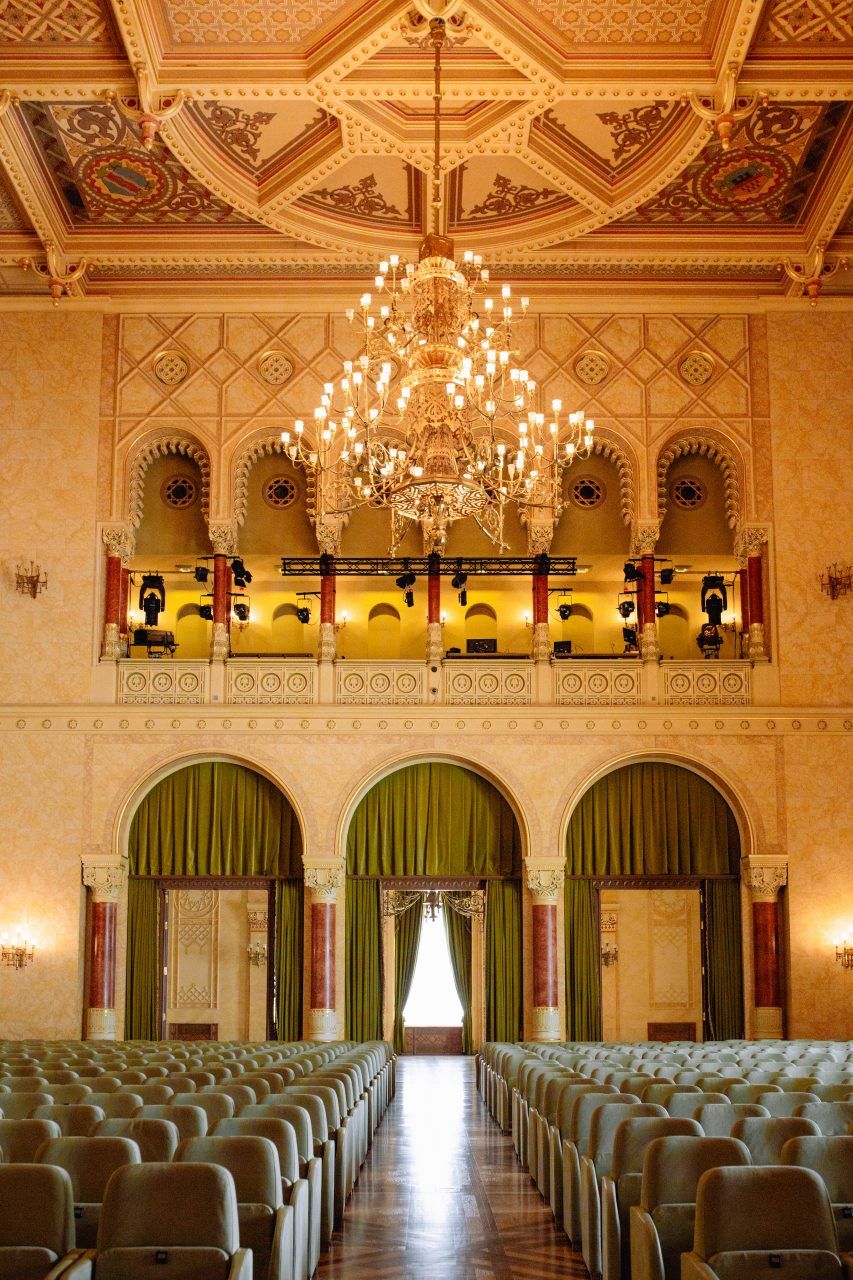
Liszt Ferenc Academy of Music
The Liszt Ferenc Academy of Music – the most prestigious and most important institution of Hungarian concert life –, founded in 1875, its current building renovated and opened in October 2013, is located in the centre of Budapest, on the corner of Király Street and Liszt Ferenc Square, a popular location for both residents and visitors of the capital city. The former Neo-Renaissance building, nowadays known as the “old Music Academy”, is located on Andrássy Avenue, so it is worth a visit if you are heading towards Heroes’ Square. The façade is decorated with reliefs of the most famous composers in the history of music: Mozart, Bach, Beethoven, Haydn, Liszt and Erkel.
Unique Details and Concerts
The present art nouveau building was erected in 1907 and, following a renovation almost a decade ago, was reopened in a ceremony to mark the 202nd anniversary of the birth of the world-famous Hungarian composer Ferenc Liszt. As the Academy of Music is a teaching venue for the Liszt Ferenc Academy of Music during the day, the building can only be visited in the form of pre-arranged tours, but it is worth taking advantage of the opportunity to see the many special features such as Zsolnay eosin-enamelled tiles, mosaics, stained glass and frescoes.
The institution also functions as a concert centre, in addition to being an educational institution, giving students the opportunity to perform on stage with world-class musicians during their studies already, and audiences in Budapest can enjoy high quality concerts practically any day of the year.
Iconic Teachers
Since its foundation, the Liszt Academy has been one of the most influential places for music education, attracting students from all over the world. It has been the home of renowned composers such as Zoltán Kodály, Béla Bartók and Leó Weiner, and its violin teachers and piano professors have had the opportunity to study with leading figures in Hungarian and international classical music to this day. Talented students are welcome from a very young age to attend both instrumental and theoretical preparatory courses, and at university level they can also expand their knowledge in the form of graduate studies alongside their bachelor’s and master’s degree studies.
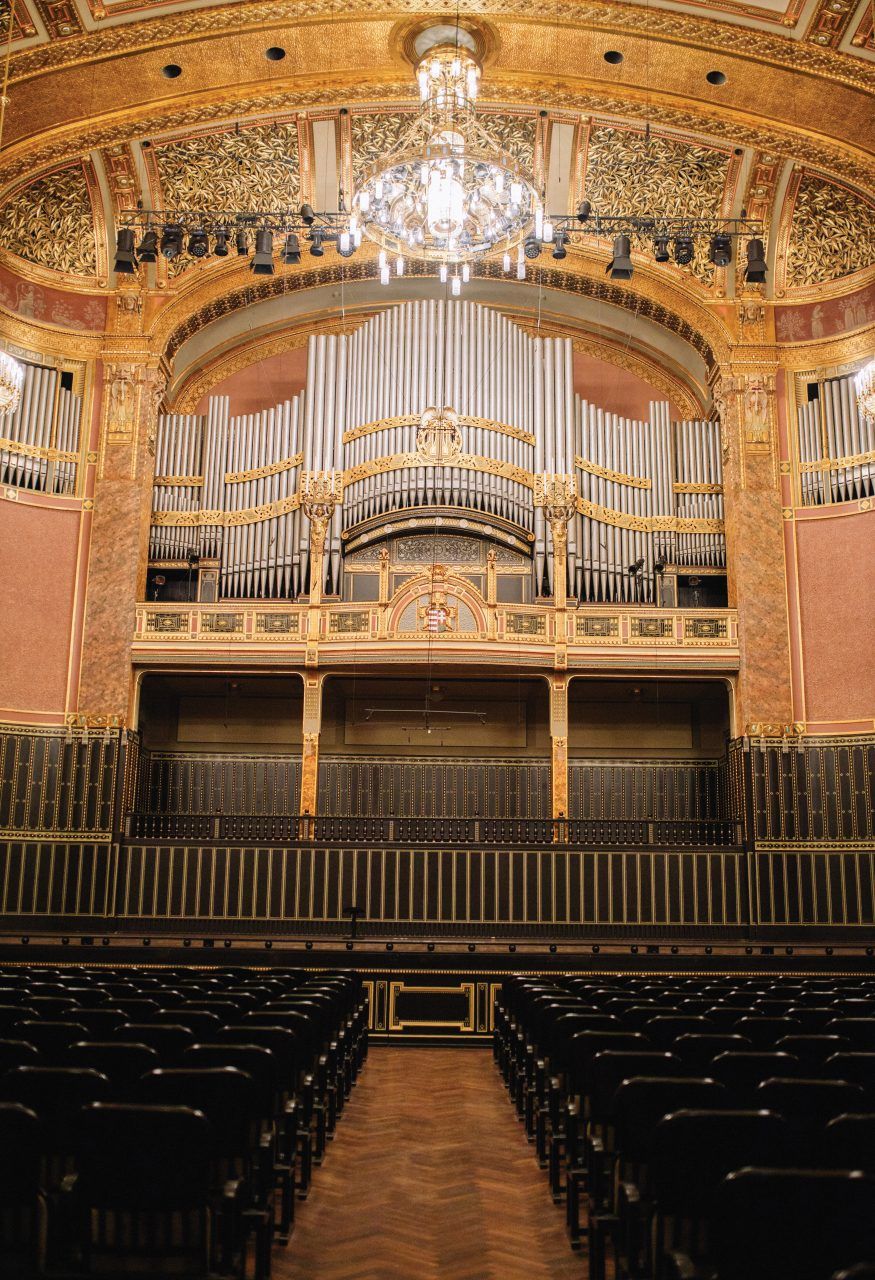
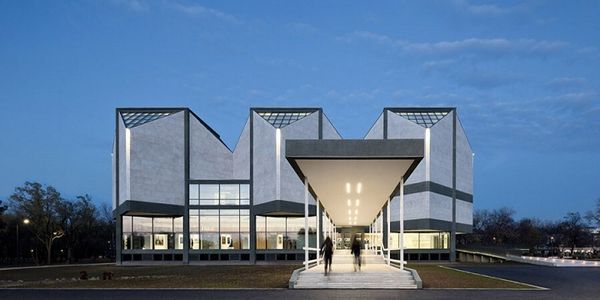
Building on art | INSIDE ART

Unity in Diversity—Latin America with a touch of Hungary, Part I
